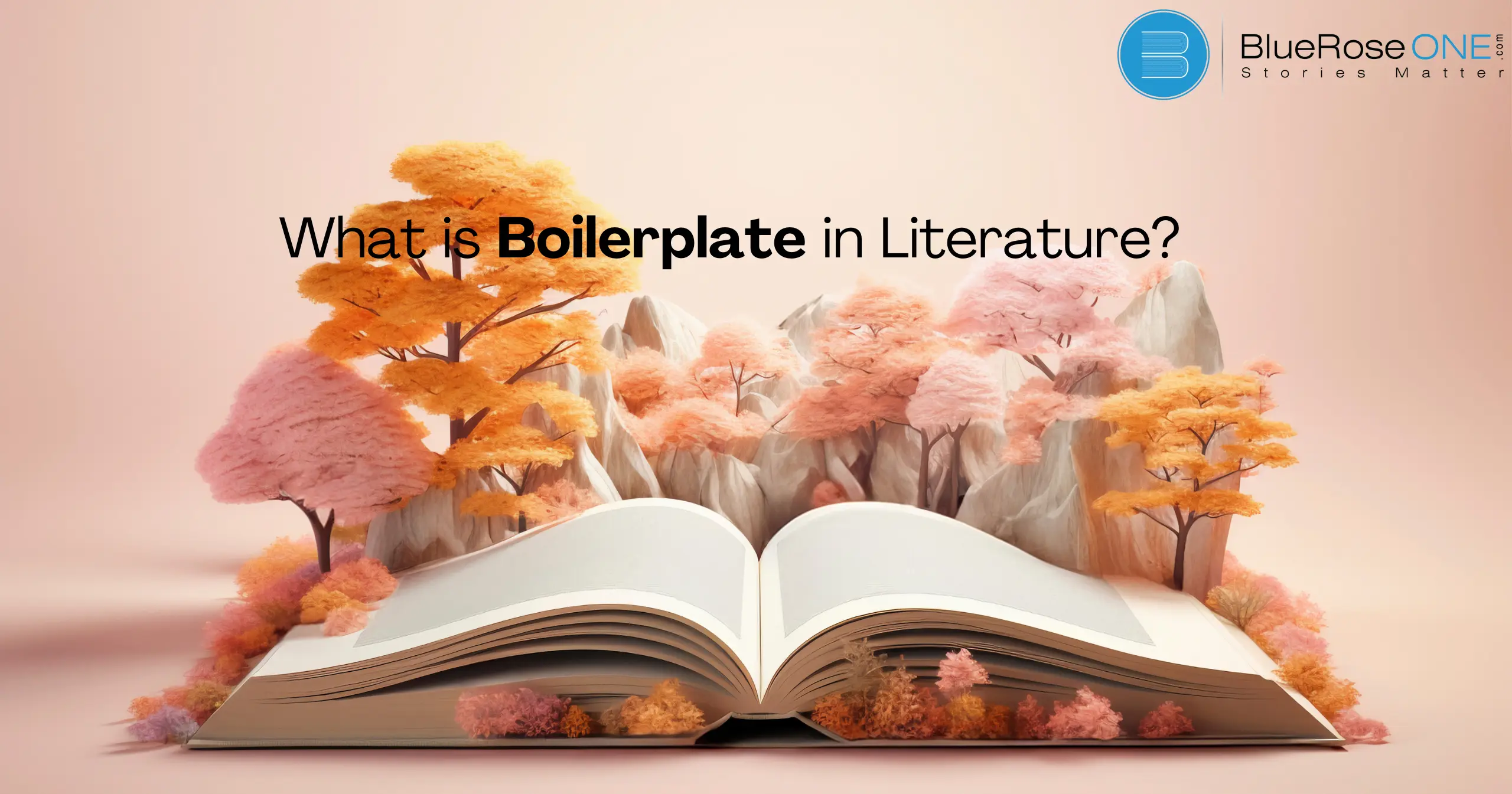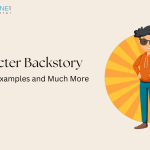As you delve deeper into the world of literature, you may encounter the term “boilerplate.” However, what does it mean specifically in this context?
Standardized text that is used frequently with little modification is referred to as boilerplate. With prewritten sections that can be modified for different purposes, it resembles the outline of a paper.
For writers, editors, and everyone else involved in literary output, knowing boilerplate is essential since it keeps uniformity and streamlines procedures. Let’s examine boilerplate’s definition, traits, and usage in literature.
Historical Background
The term “boilerplate” originally comes from the newspaper industry, where it referred to pre-written content used in multiple publications.
It was later adopted into various fields, including literature, to describe text that is reused without significant changes. Over time, boilerplate has evolved from its origins in print media to become a common element in digital and academic writing as well.
Characteristics of Boilerplate Text
Text that is considered boilerplate is repetitious and uniform. It lacks the individuality of personalized content and is frequently generic.
Boilerplate, for instance, might show up in literary works as recurrent introductions or formulaic descriptions. Although the content may feel less unique and intimate as a result of its predictability, it can also be beneficial.
Types of Boilerplate in Literature
Boilerplate can manifest in various forms within literary works:
- Introduction Sections: Many books, articles, or papers begin with a boilerplate introduction that outlines the content in a standardized manner.
- Descriptions and Biographical Details: Authors often use boilerplate to provide uniform descriptions of characters or authors, especially in academic and reference works.
In academic writing, boilerplate is frequently used in research papers and journal articles. For example, common sections like literature reviews or methodology descriptions might include boilerplate text to ensure consistency across different studies.
Boilerplate Vs Custom Writing
It’s critical to understand the differences between custom writing and boilerplate. While custom writing is unique and specially adapted to the occasion, boilerplate material is prewritten and repeated.
Boilerplate can guarantee consistency and save time, while custom writing offers more depth and individualisation. Writing well requires knowing when to utilize each.
Benefits of Boilerplate in Literary Works
The use of boilerplate text offers several benefits:
- Efficiency and Time-Saving: Pre-written sections can speed up the writing process, allowing authors to focus on more creative aspects.
- Consistency and Professionalism: Boilerplate ensures uniformity in repetitive sections, which can enhance the overall professionalism of the work.
Drawbacks and Criticisms
Despite its advantages, boilerplate text has its drawbacks:
Lack of Originality: The absence of originality in boilerplate writing is one of its main disadvantages. Writing that is overly dependent on boilerplate information frequently comes out as monotonous and uninspired.
This methodical technique might result in storylines that are predictable and boring, which lessens the creative energy that animates literature.
Consequently, the distinct voice and novel viewpoints that propel captivating narratives may be obscured, ultimately affecting the work’s general quality and attractiveness.
Rishk of Consistency: The possibility of consistency problems arises when boilerplate language is used in writing. Reusing boilerplate material in multiple works can result in information that is repeated and occasionally conflicting.
This discrepancy could make readers confused or lessen the piece’s legitimacy. Boilerplate elements must be carefully designed to blend in with each work’s particular environment in order to prevent this problem and preserve a compelling story.
How to Effectively Use Boilerplate in Your Writing
To make the most of boilerplate text while avoiding its pitfalls, consider the following best practices:
Incorporate Strategically: Use boilerplate sparingly and consistently in your writing to increase productivity. Standardized content that may be used again in various documents a.k.a. boilerplate helps save time and prevents repetitive authoring. Make sure boilerplate is used appropriately and isn’t just thrown in randomly when writing content.
For instance, boilerplate clauses are essential for consistency in legal papers. Boilerplate should be used sparingly, though, as utilizing it too often might make your work sound generic or impersonal.
Revise and Personalize: It is imperative that you rewrite and inject personality into your work while utilizing boilerplate. Pre-written text that is used in many different papers is known as boilerplate text, and it might be a fantastic place to start.
To be genuinely effective, though, you will need to modify it to suit the particular context and target audience of your work. By making boilerplate more unique, you can make your writing seem interesting and relevant rather than generic or impersonal. Boilerplate content can be improved in terms of effect and relevancy by editing.
Boilerplate in Digital Media and Content Creation
In the digital age, boilerplate has found new applications:
Websites and Blogs: “Boilerplate” is a term used in digital media and content creation to describe standardized text or templates that are utilized on numerous websites and blogs.
This method guarantees consistency in messaging and style while saving time. An example of boilerplate information about a company might be its mission statement, a synopsis of important accomplishments, and a brief history that are used consistently in press releases, blog entries, and website pages.
Boilerplate content is a crucial tool for content management since it simplifies procedures and preserves a consistent voice across digital platforms.
Automated Content Generation: Boilerplate text is a common tool used by automated content generating systems to generate efficient and consistent information rapidly.
Standardized text blocks that are reusable and can be quickly added to a variety of documents and media are referred to as boilerplate.
This allows for the automatic generation of standard words, disclaimers, and product descriptions in digital media, saving time and guaranteeing consistency across platforms. Although using boilerplate content speeds up the creation process, it’s crucial to retain engagement and relevance by balancing its use with original content.
Conclusion
Because boilerplate text offers standardized content that may be utilized in a variety of works, it is important to literature. Even if it has advantages like consistency and efficiency, original writing must be balanced with it to keep readers interested and creative.
Writers can increase productivity and guarantee a professional end output by knowing when and how to use boilerplate.
















